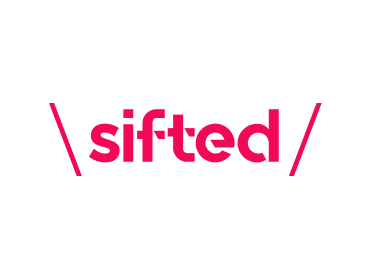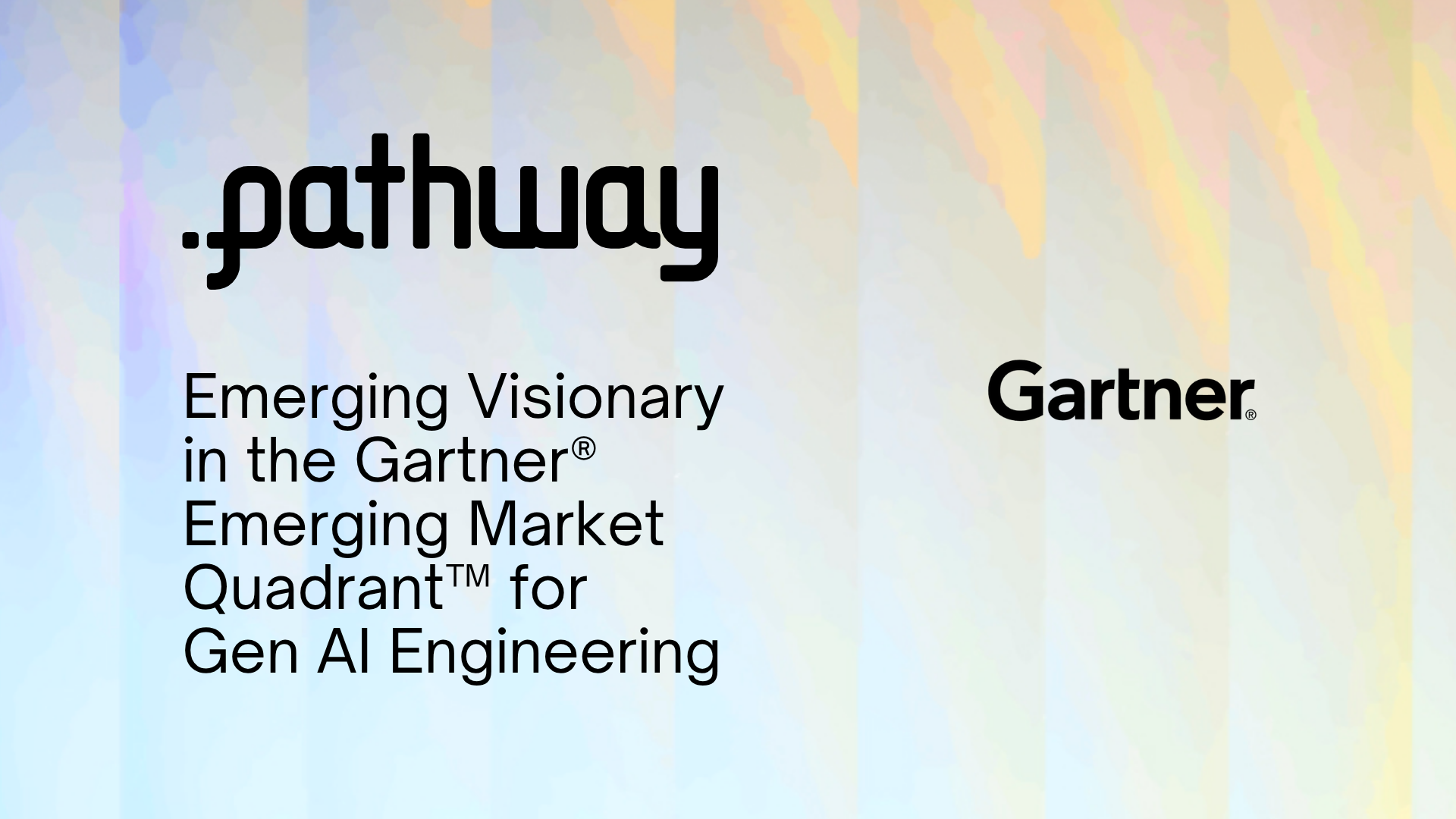Pathway featured in Sifted briefing on GenAI
 Jan Chorowski
Jan ChorowskiPathway featured in Sifted briefing on Generative AI
Sifted published the list of early-stage GenAI startups to watch!
"ChatGPT and its cousins are here to take over". Sifted mapped the Early stage start-ups to watch diving them in various categories:
- AI Platforms
- Text
- Image and video editing
- Data Practices
- Content Creation
- AI research
- Audio editing and generation
- Vision and 3D visuals
- Education and training
- Coding
Pathway has been featured in the Data Practices category.
Some key facts published by Sifted:
- 1bn+ is the number of visits to chat GPT in February, up 62.5% on January
- 650M is the number of images used to train art generator tool Dall-E
- $12bn+ is the cumulative fundraising of 550+ gen AI startups globally
Discover the full briefing here: https://sifted.eu/pro/briefings/gen-ai
But what is GenAI exactly?
Generative AI is a set of technologies to generate artifacts which are naturally understood by humans such as: Images (often conditioned on descriptions) Text (also conditioned on text/image input) Speech (conditioned on text and speaker traits) Specialized variants of the above: Computer code (text also being understood by a programming language compiler) Dialogue assistants Translators (generate text conditioned on text in another language)
Research in Generative AI has been making steady progress for the past 20 years with Deep Learning technologies serving as the perfect interlingua to bring together different modalities and generation techniques. In technical terms we use nowadays two families of generative models Text is generated using autoregressive, markovian models which expand a prefix by a single token at a time. Speech and images are generated holistically, emitting several pixels / audio samples in parallel and iteratively improving the result). Historically, models that worked for each modality were very different from each other. With Deep Learning, all modalities are served by similar technologies able to freely exchange internal data representations. This makes it possible to e.g. generate text based on images or music, or images based on a text / song.
In the past years generative AI techniques have reached human-level fluency in their tasks (generated text that feels natural to read, images that look pretty, speech that doesn’t sound robotic). This is enabling their wide adoption as either human assistants (to generate first drafts of a text or graphic) or generators of virtually infinite streams of entertainment.
Looking forward to the next innovations in the space!







